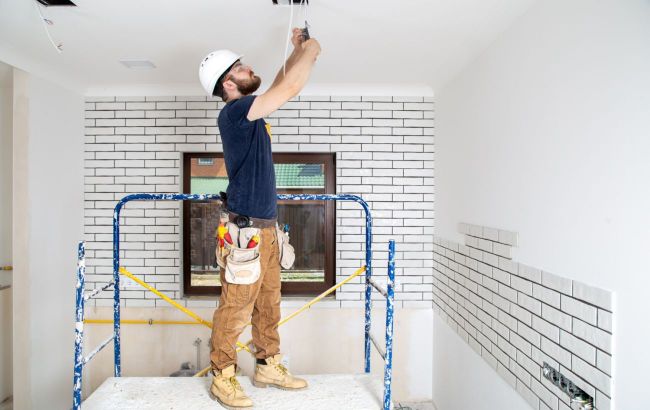Top common interior design mistakes to avoid
 Most common interior design mistakes (photo: Freepik)
Most common interior design mistakes (photo: Freepik)
During renovations, it is important to ensure that the apartment not only looks good but also is comfortable. This cannot be achieved if simple mistakes are made, writes Homes & Gardens.
Poor lighting
Lighting in the apartment plays a crucial role, particularly in creating the atmosphere of the room.
Designers say that proper lighting also enhances mood.
It is important that the right lighting is not too bright and cold. Otherwise, it may feel like you are in a hospital.
Moreover, dim lighting should be avoided; the best option is warm white light.
Unbalanced colors
Color can affect people's well-being, as well as create a mood, both positive and negative.
For example, a very gray room can create a cold feeling, and a room with yellow walls will be visually too bright.
Correctly balanced colors create a pleasant space.
Designers advise not to use more than three colors in the interior. It is also worth observing the rule of three proportions (60% - 30% - 10% for each tone).
Too much sunlight
Bright lighting can prevent you from relaxing, and therefore you will feel constantly uncomfortable in a certain room.
This is especially noticeable when you are working behind a screen in a brightly lit room, which often makes it difficult to focus.
It is important to take care of the right lighting in the bedroom. Therefore, it is better to take care of additional protection on the windows, for example, blinds.
Unsafe sockets
The golden rule from renovation and design experts: count how many sockets you need, multiply by 2, and install exactly that many. A shortage of sockets will lead to the use of splitters and extension cords in the house. They spoil the appearance of the apartment and are not entirely safe.
Also, regular sockets should not be installed in the bathroom. Choose models with covers for protection, otherwise moisture may get into them, leading to short circuits.

